Turtles and snakes may play a crucial role in determining the route of the Struma Highway, which runs from Sofia to Kulata. The Road Infrastructure Agency has issued a public tender for monitoring the populations of two species of terrestrial turtles and two species of snakes along the current international road E-79, which passes through the Kresna Gorge.
For the highway's route from Kulata to Sofia, the so-called Eastern option outside the Kresna Gorge has already been chosen. However, the route from Sofia to the Greek border still needs to be determined. As the route selection process continues, the Road Infrastructure Agency wants to assess how traffic through the Kresna Gorge impacts the mortality of turtles and snakes.
The public tender includes monitoring four species of reptiles: the Spur-thighed Tortoise, the Hermann's Tortoise, the Four-lined Snake, and the Leopard Snake, which inhabit the protected "Kresna-Ilindentsi" area. The monitoring aims to determine their mortality due to road traffic and to identify the specific areas they inhabit on both sides of the E-79 road.
The reptile monitoring is to continue for four years, but no later than the end of August 2028. The counting of turtles and snakes killed by vehicles will cover the entire length of the route, without focusing on random sections. The monitoring can be conducted by walking along the entire route of the E-79 road through the Kresna Gorge in both directions.
In addition, the monitoring will include an inspection of the environmental mitigation measures (e.g., nets, culverts). During each visit, the consultant must inspect and document the condition of these measures and notify the Road Infrastructure Agency if any issues are found. The research is to be conducted in three periods (provisionally called: spring, summer, and autumn): spring season (March 15 - May 15), summer season (May 15 - July 15), and autumn season (September 1 - October 31).
There must be at least one site visit each week, where all observed animal individuals west and east of the existing E-79 road in the Kresna Gorge area are counted and marked, including traffic casualties. Over the entire four-year period, monitoring of reptiles can be skipped for only four weeks.
The contractor will need to identify any correlation between traffic intensity and reptile mortality. For every traffic-related casualty, the species, sex, and age of the animal (if determinable), GPS coordinates, distance from the road shoulder, and direction of movement (if determinable) must be recorded. These data should be presented in tables, as a comprehensive database, and in maps, diagrams, and drawings.
Based on this data, conclusions should be drawn about the population size of the four reptile species west and east of the existing E-79 road in the Kresna Gorge area. An assessment of the mortality rate of reptiles killed on the road due to vehicle collisions should be made, including the proportion of dead animals relative to the total population of each species. The mortality data should be analyzed by species, month, and season. A population development analysis over time should also be conducted, comparing and analyzing mortality data with traffic data from the studied section of the Struma Highway.
The estimated value of the public tender is 400,000 BGN, excluding VAT.


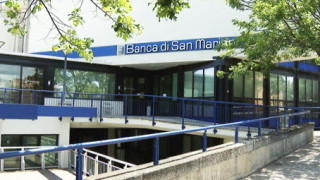
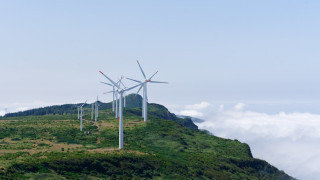
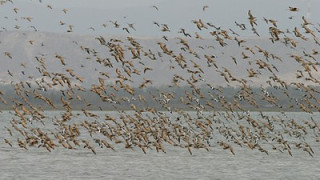
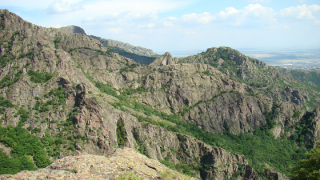
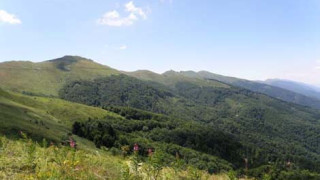
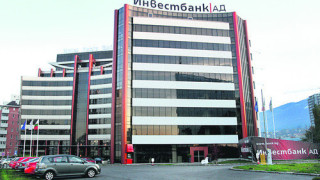

Leave a comment